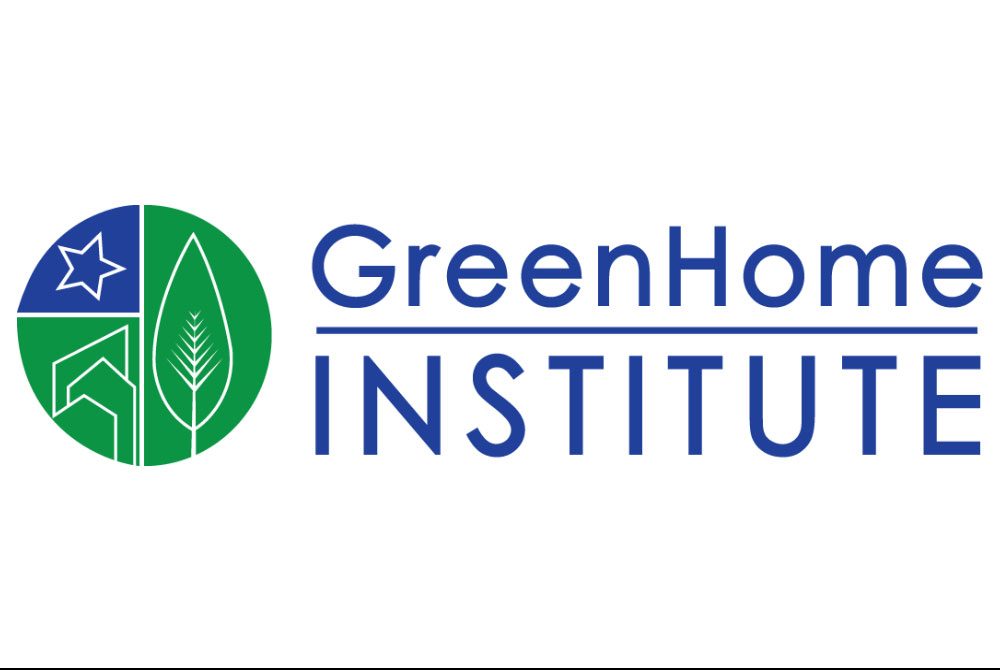A recent homeowner describes their rational for buidlgin a green home in Minnnesota in a recent article in the Downtown Journal.
She outlines three reasons for her decision:
- Authoritative Source: the LEED rating system helped tremendously to guide us along the path toward building a sustainable home. Its 342-page reference manual provides green building strategies in five key categories: sustainable sites, water efficiency, energy and atmosphere, materials and resources, and indoor environmental quality. The rating system itself is a gold mine for any builder or remodeler to learn more about building high-quality, durable homes.
- Third-party Verification: LEED requires a Green Rater to come to the site, twice: first, to inspect the insulation (pre-dry wall, post-insulation); second, to test the leakage of the entire building envelope, duct system and air flow. These tests were inexpensive relative to the entire cost of the building, and it was more than worth it to have the peace of mind that the house was actually built to specification.
- Triple Bottom Line Benefits: The green rater had predicted the home’s energy consumption to be 35 percent of a similar-sized home built to code, meaning the utility bills would be 65 percent less than if we had not built a LEED home. The homeowner now has almost two year’s worth of utility bills to compare against the planned design. And they are coming in right on target — the bills are actually slightly lower than predicted! In addition, a healthy home for their family and is a large step towards a sustainable lifestyle.
Learn why more people are building LEED homes.





